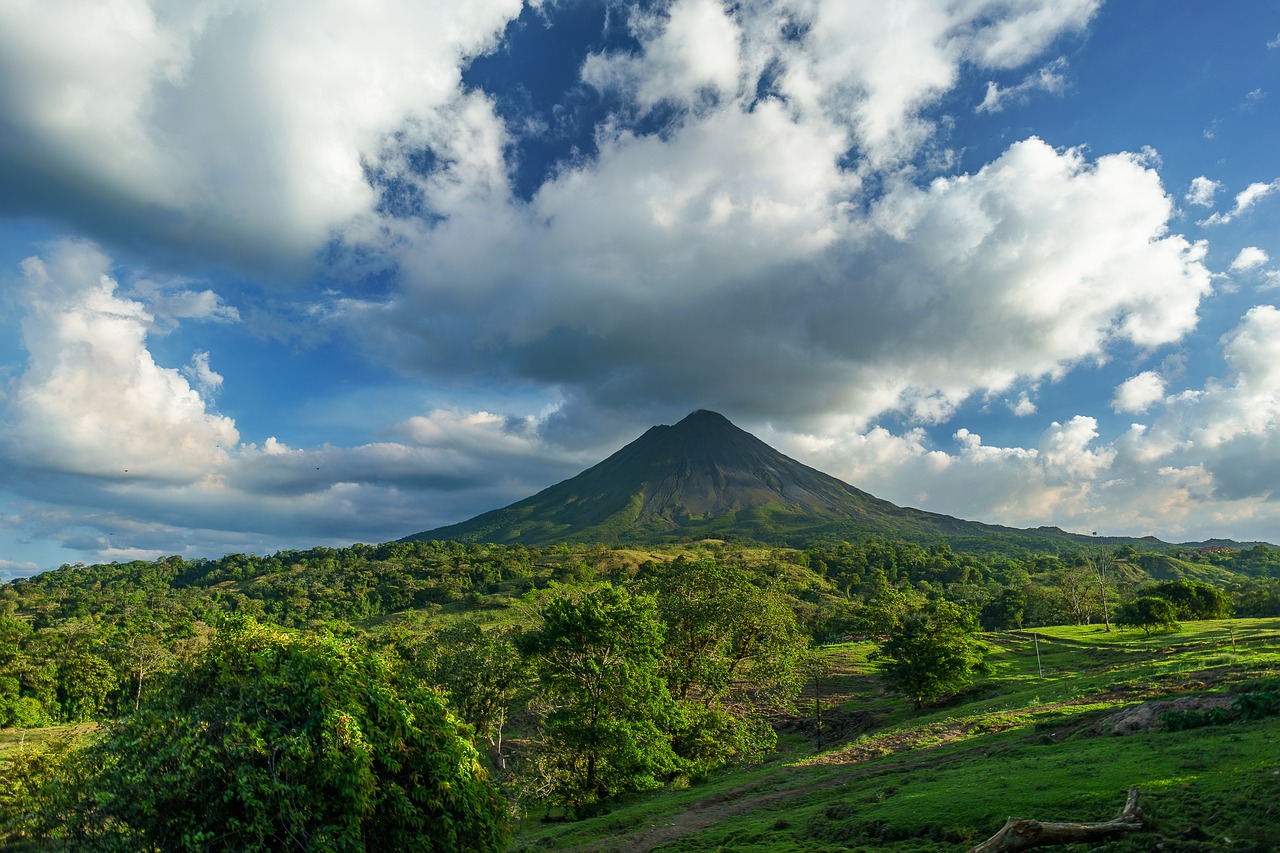Move Over Juan Valdez . . . Make Room For Tarrazu
When many Americans think of coffee they think of the smiling coffee grower, his mule, and Colombian coffee (excellent brand marketing, by the way). However, they tend to overlook the many other fine gourmet quality coffees produced in Central and South America. Costa Rican Tarrazu is one of those coffees.
Interestingly, it was only about 50 years before our war of independence when French army officer Gabriel Mathieu de Clieu, while stationed in Martinique on leave in France in 1723, stole coffee seedlings from the Jardin des Plantes in Paris.
After a long voyage back to Martinique in which only one seeding survived, Gabriel planted the seedling in his garden. The plant showed extraordinary strength, and about five years later he harvested about two pounds of seeds.
Within only 50 years, an official survey recorded almost 19,000,000 coffee trees growing on the island. Yes, Gabriel's progeny soon dotted the entire West Indies and eventually spread to the mainlands of Central and South America.

Ideal For Growing Gourmet Coffee
Nearly all of Costa Rican coffee worthy of mention – and qualifying as gourmet quality coffee – is grown in the high mountain volcanic soils of Costa Rica's central valley (pictured above). The best grades of Costa Rican coffee are grown in four districts surrounding the capitol of San Jose.
These four districts – Tarrazu, Tres Rios, Heredia and Alajuela – are ideal locations for the cultivation of coffee. The water and soil, rich and deep with a thick humus layer of volcanic origin, along with the climate, are irreplaceable factors that make the coffee grown in these areas truly gourmet quality.
The elevation, temperature, and rainfall are ideal for coffee production. The combination of ideal climactic conditions with outstanding soils produces a hard, dense bean, rich in essential oils that produce an intensely aromatic cup of coffee overflowing with rich flavor.
Grading, Naming . . . and Drinking!
Costa Rican coffee beans are graded by the hardness of the bean. This is determined by the altitude at which they are grown. "Strictly hard bean" (SHB) indicates coffee grown above 3,900 feet, "good hard bean" (GHB) at 3,300 to 3,900 feet, followed by "medium hard bean" (MHB) grown at 1,600 to 3,300 feet. Costa Rican coffees that are grown in the Atlantic area carry that fact in their names, such as Europe's favorite of Costa Rica's, "High Grown Atlantic" coffee.
You'll find all Costa Rican coffees are Arabica beans. They are known by their "market names" – Tarrazu, Tres Rios, Cartago, San Jose, Curridabat, San Ramon, Heredia, Montes de Oca, Naranjo and Sabanilla.
Tarrazu is the star of the show today - it is celebrated for its vibrant and complex flavor profile. It often features a bright acidity with crisp citrus notes, complemented by a rich, full body. The coffee has a well-balanced sweetness and a hint of chocolate or caramel, making it both invigorating and smooth. This combination of flavors creates a distinctive and enjoyable cup that is prized by coffee enthusiasts.
Of the coffee grown in Central America, Costa Rican coffee is the strongest and perhaps the best to blend with any other coffees. Now, keep in mind that there are much lesser grades of Costa Rican coffee beans, but they are sold specifically for "blending" with much of the higher volume "commercial" blends.
Always Premium Quality – Never Less
To savor the rich aroma and full taste of Costa Rican Tarrazu, it is suggested that you purchase your coffee from a reputable distributor.
Of course, I also recommend you purchase only the premium gourmet quality Costa Rican coffee beans – not the lower grades used for commercial blending.
Try the Costa Rican Tarrazu from Coffee.org. They sell a premium gourmet quality Tarrazu at a very competitive price.
What I need now is another cup of coffee!
Cheerio,
John DeBartolo - New York's Coffee Meister
Try Tarrazú Coffee Today!


